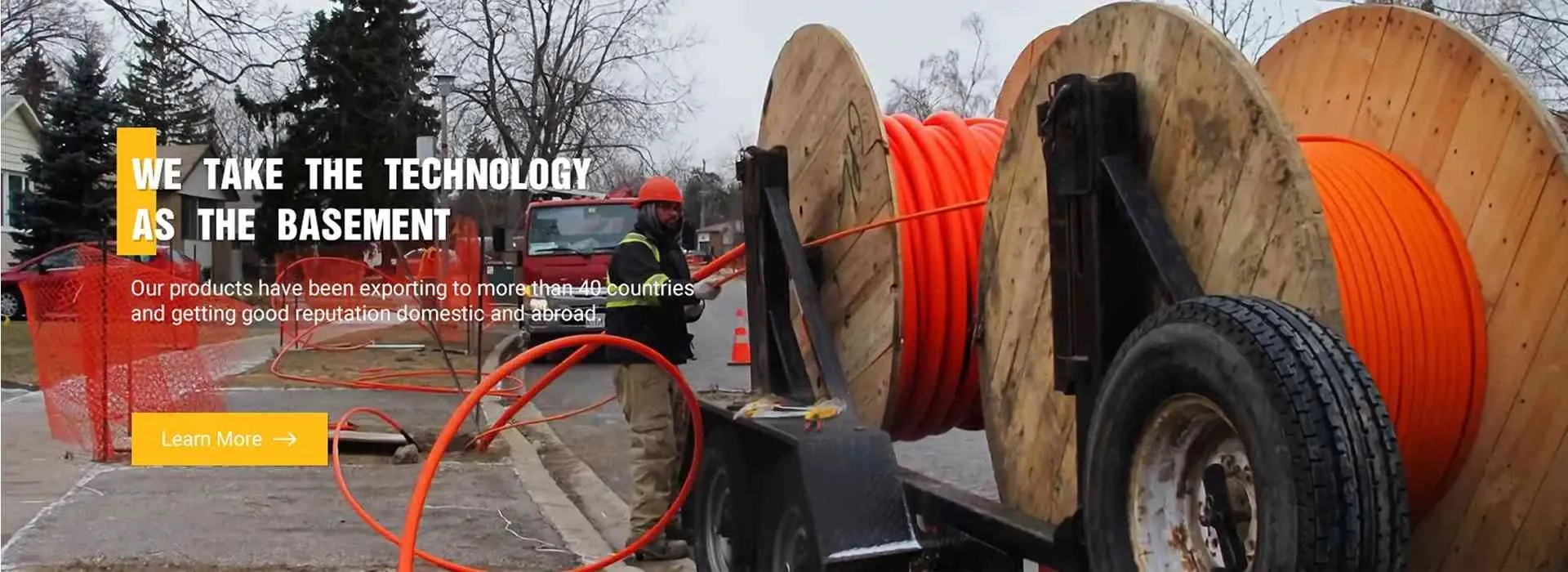
-
 Afrikaans
Afrikaans -
 Albanian
Albanian -
 Amharic
Amharic -
 Arabic
Arabic -
 Armenian
Armenian -
 Azerbaijani
Azerbaijani -
 Basque
Basque -
 Belarusian
Belarusian -
 Bengali
Bengali -
 Bosnian
Bosnian -
 Bulgarian
Bulgarian -
 Catalan
Catalan -
 Cebuano
Cebuano -
 Corsican
Corsican -
 Croatian
Croatian -
 Czech
Czech -
 Danish
Danish -
 Dutch
Dutch -
 English
English -
 Esperanto
Esperanto -
 Estonian
Estonian -
 Finnish
Finnish -
 French
French -
 Frisian
Frisian -
 Galician
Galician -
 Georgian
Georgian -
 German
German -
 Greek
Greek -
 Gujarati
Gujarati -
 Haitian Creole
Haitian Creole -
 hausa
hausa -
 hawaiian
hawaiian -
 Hebrew
Hebrew -
 Hindi
Hindi -
 Miao
Miao -
 Hungarian
Hungarian -
 Icelandic
Icelandic -
 igbo
igbo -
 Indonesian
Indonesian -
 irish
irish -
 Italian
Italian -
 Japanese
Japanese -
 Javanese
Javanese -
 Kannada
Kannada -
 kazakh
kazakh -
 Khmer
Khmer -
 Rwandese
Rwandese -
 Korean
Korean -
 Kurdish
Kurdish -
 Kyrgyz
Kyrgyz -
 Lao
Lao -
 Latin
Latin -
 Latvian
Latvian -
 Lithuanian
Lithuanian -
 Luxembourgish
Luxembourgish -
 Macedonian
Macedonian -
 Malgashi
Malgashi -
 Malay
Malay -
 Malayalam
Malayalam -
 Maltese
Maltese -
 Maori
Maori -
 Marathi
Marathi -
 Mongolian
Mongolian -
 Myanmar
Myanmar -
 Nepali
Nepali -
 Norwegian
Norwegian -
 Norwegian
Norwegian -
 Occitan
Occitan -
 Pashto
Pashto -
 Persian
Persian -
 Polish
Polish -
 Portuguese
Portuguese -
 Punjabi
Punjabi -
 Romanian
Romanian -
 Russian
Russian -
 Samoan
Samoan -
 Scottish Gaelic
Scottish Gaelic -
 Serbian
Serbian -
 Sesotho
Sesotho -
 Shona
Shona -
 Sindhi
Sindhi -
 Sinhala
Sinhala -
 Slovak
Slovak -
 Slovenian
Slovenian -
 Somali
Somali -
 Spanish
Spanish -
 Sundanese
Sundanese -
 Swahili
Swahili -
 Swedish
Swedish -
 Tagalog
Tagalog -
 Tajik
Tajik -
 Tamil
Tamil -
 Tatar
Tatar -
 Telugu
Telugu -
 Thai
Thai -
 Turkish
Turkish -
 Turkmen
Turkmen -
 Ukrainian
Ukrainian -
 Urdu
Urdu -
 Uighur
Uighur -
 Uzbek
Uzbek -
 Vietnamese
Vietnamese -
 Welsh
Welsh -
 Bantu
Bantu -
 Yiddish
Yiddish -
 Yoruba
Yoruba -
 Zulu
Zulu


Aug . 01, 2024 06:06 Back to list
Telescopic Hot Stick for Electric Utilities and Safety Inspections up to 20kV Voltage Levels
The Telescopic Hot Stick A Vital Tool for Electrical Utility Workers
In the world of electrical utility maintenance and repair, safety and efficiency are paramount. One of the indispensable tools that enhance both is the telescopic hot stick. Specifically designed for working with high-voltage power lines, these tools are crucial for ensuring the safety of workers who have to operate near live electrical circuits. In this article, we will explore the importance, features, and applications of the telescopic hot stick, particularly in the context of 20kV utility work.
Understanding the Telescopic Hot Stick
A telescopic hot stick is a long, insulated pole designed to allow utility workers to perform tasks at a safe distance from high-voltage power lines. The term hot stick comes from its ability to safely interact with live electrical components — without sufficient insulation or distance, workers are at risk of electric shock, which can be fatal. The telescopic feature allows the stick to extend and retract, enabling workers to adapt its length according to the task and the specific circumstances at their work site. For instance, when working on 20kV lines, the flexibility in the length of the hot stick makes it easier to reach hard-to-access areas while maintaining a safe working distance.
Key Features and Benefits
Hot sticks are typically made from materials that provide excellent electrical insulation, such as fiberglass or other composites. This is crucial for preventing electrical leakage and ensuring the safety of the user. A standard telescopic hot stick for 20kV operation will usually have a reach of up to several meters, allowing workers to perform tasks comfortably without the risk of coming into contact with live wires.
telescopic hot stick 20kv

In addition to its insulating properties, a telescopic hot stick is lightweight and designed for easy handling. Most models are equipped with specialized attachments, such as hooks, clamps, or even infrared cameras, allowing for a variety of applications. This versatility makes it an essential tool for troubleshooting, maintenance, and construction tasks.
Applications in Electrical Maintenance
The telescopic hot stick's primary application is in the maintenance and repair of electrical transmission and distribution systems. For instance, utility workers often use hot sticks to clamp onto live wires, helping them to conduct tests or measurements without exposing themselves to high voltages. This capability is especially crucial in maintaining 20kV lines, which require precise attention to safety protocols due to the high energy levels involved.
Moreover, the telescopic hot stick is also used for troubleshooting power outages. By safely interacting with live components, technicians can identify faults or operational issues that may be impacting service delivery. This immediate accessibility reduces downtime and improves the overall efficiency of electrical service providers.
Conclusion
In conclusion, the telescopic hot stick serves as a vital instrument for electrical utility workers, especially when dealing with 20kV systems. Its design, which allows for safe and efficient interaction with live wires, enhances worker safety and productivity. As technology advances, we can anticipate improvements in the design and functionality of hot sticks, further ensuring that utility workers can perform their tasks safely and effectively. Ultimately, the telescopic hot stick exemplifies the critical intersection of safety, innovation, and efficiency in the world of electrical maintenance. Whether it is for routine checks or emergency repairs, the telescopic hot stick will continue to play an essential role in the safe upkeep of our electrical infrastructure.
Latest news
duct-rodders-and-conduit-rod-tools
NewsAug.22,2025
ratchet-pullers-and-wire-tightening-tools
NewsAug.22,2025
chain-ratchet-pullers-and-hoist-solutions
NewsAug.22,2025
telescopic-hot-stick-for-electrical-and-high-voltage-use
NewsAug.22,2025
cable-clamp-and-insulated-cable-clamp-systems
NewsAug.22,2025
duct-rodder-conduit-rodder-and-cable-solutions
NewsAug.22,2025








